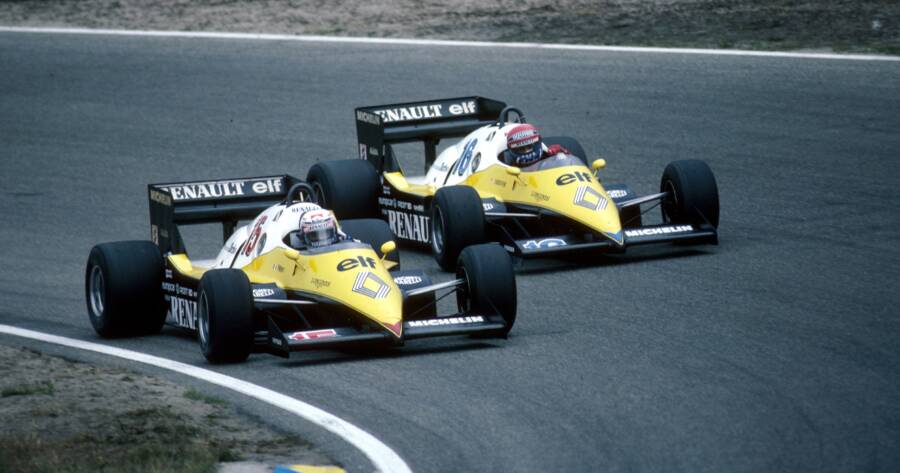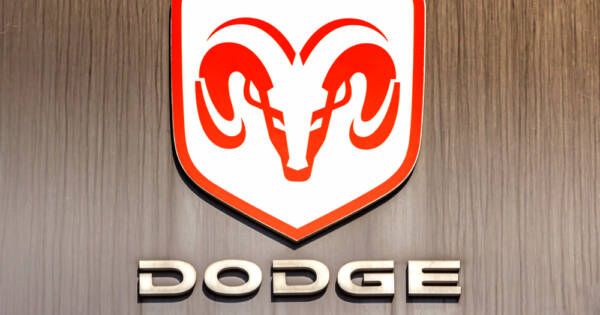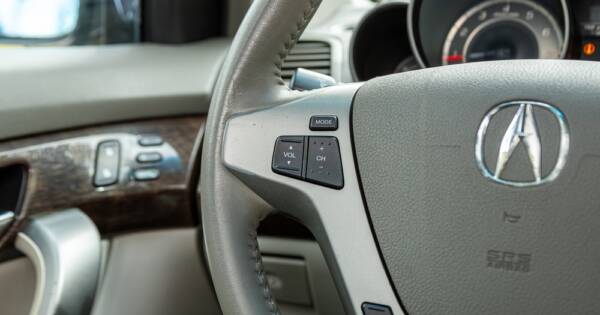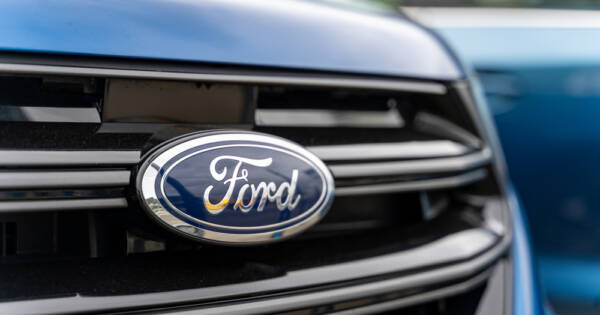Formula One has a long, storied history of great racers, dramatic moments, and some of the most powerful — and beautiful — race cars ever built. Over the decades, a number of stunning liveries have graced the Grand Prix tracks all over the glove. And if you’re wondering what a “livery” is, it’s just a fancy British word for “paint jobs.” We’d expect nothing less from a sport that was technically founded in England.
Some Formula One cars are almost as famous as the drivers who sat behind the wheel. It’s impossible to talk about F1 paint schemes without also mentioning the advertising plastered all over them — including brands that are now considered controversial. However, we didn’t pick these beauties just for brand name recognition. The colors and designs, plus the physical lines of the F1 cars themselves, make these the best liveries in F1 history.
Jordan EJ11 – 2001
The Jordan Grand Prix team only existed from 1991 to 2005. Then they underwent a series of ownership (and name) changes, eventually morphing into the Force India team that went defunct in 2018. None of that is super important though, unless you enjoy the complex backstage politics and financing that goes on in F1. What is important, however, is the 2001 Jordan EJ11.
This magnificent yellow ride actually featured a shark graphic on the nose. It’s so goofy that it’s actually awesome. The yellow certainly stood out on the starting grid. Unfortunately, one of their main sponsors was big tobacco company Benson & Hedges. F1 banned these types of ads by 2006. Regardless, the yellow Jordan shark was a sight to behold. Too bad the team couldn’t produce results — their best finish in the World Constructors’ Championship was third place, in 1999.
 Getty Images
Getty ImagesWilliams FW14 – 1992
The Williams FW14 is remembered fondly for a few reasons. First and foremost, British driver Nigel Mansell drove the hell out of it on his way to the 1992 Driver’s Championship, winning a then-record nine races that season. Secondly, it was easily the most technologically advanced car in F1 at the time. The car would routinely gain up to two seconds per lap on the rest of the field, setting a standard that other teams scrambled to meet.
Lastly, the car was simple, classy, and sharp — exactly what you’d expect from a British F1 team. The simple white and red spoiler contrasted nicely with the blue and yellow body. The sponsor logos were clearly there, but were reasonably sized so as to not detract from the overall look. The famous No. 5 car that Mansell drove is now actually owned by Sebastian Vettel, who has won four F1 championships himself.
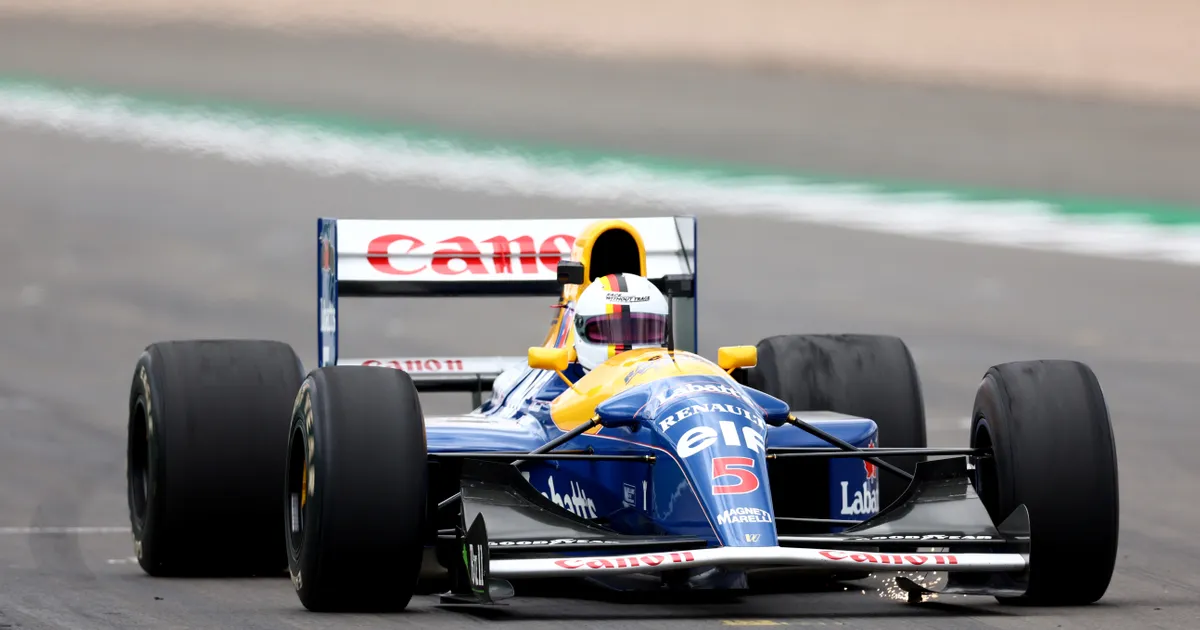 Getty Images
Getty ImagesRed Bull “Camo Bull” – 2015
It’s a shame that Red Bull only used this black and white “camouflaged” RB11 for pre-season testing. When it was first spotted on the track in Spain ahead of the 2015 season, fans instantly fell in love. At first, it looked like it was sporting the camo disguise that many auto manufacturers use for unreleased or prototype models. Except all the sponsor logos were still in full view, meaning this paintjob was totally intentional. Best of all? The menacing black and white Red Bull logo charging right behind driver Daniel Ricciardo’s head.
When the season started, Red Bull reverted back to its traditional navy blue and red color scheme. Unfortunately, Ricciardo and teammate Daniil Kvyat could only achieve three podium finishes combined, finishing a disappointing 7th and 8th in the driver standings. As a team, Red Bull finished fourth in the Constructors’ Championship.
 Getty Images
Getty ImagesMcLaren MP4/4 – 1988
The 1988 McLaren Mp4/4 is a Formula One legend. Driven by Ayrton Senna and Alain Prost that year, this car won 15 out of the 16 races it entered. McLaren ran away with the Constructors’ Championship and Senna narrowly edged out his teammate to win his first Drivers’ Championship.
After those performances, this car was always going to go down in F1 history. However, its classic red and white livery certainly helped cement its iconic status. It was simple, sharp, and clean. The large Marlboro logos would eventually be banned, but the 80s and 90s were a different era of motorsports.
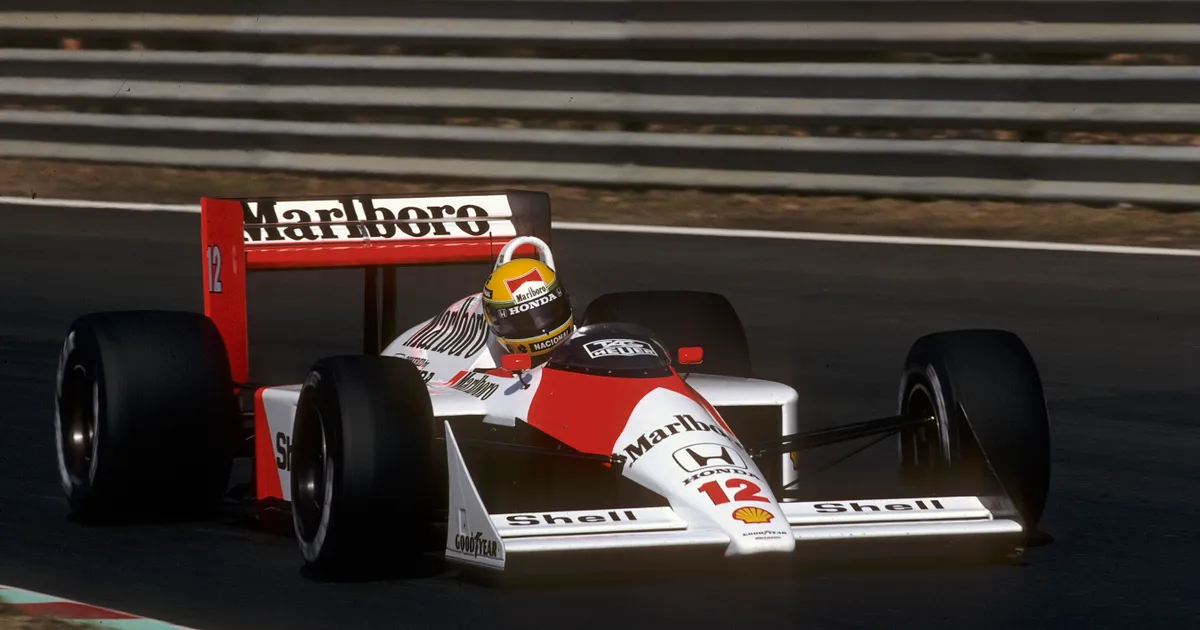 Getty Images
Getty ImagesMercedes AMG W10 – 2019
The 2019 Formula One season unfolded a lot like the 1988 one we just mentioned. Playing the parts of Senna and Prost were the Mercedes duo of Lewis Hamilton and Valtteri Bottas. They combined to win 15 of the 21 races — 11 by Hamilton and four by Bottas. Mercedes cruised to the Constructors’ Championship over second-place Ferrari. Hamilton and Bottas also secured a one-two finish in the Drivers’ Championship, completing Mercedes’ dominant year.
The car itself featured a sleek silver livery, with black and teal trim. The iconic Mercedes logo sits nicely on the front of the nose and the top of the halo. Of course, it doesn’t hurt that Hamilton is one of the most fashionable drivers in F1’s history. His overall aura of sophistication gave the W10 an extra touch of class.
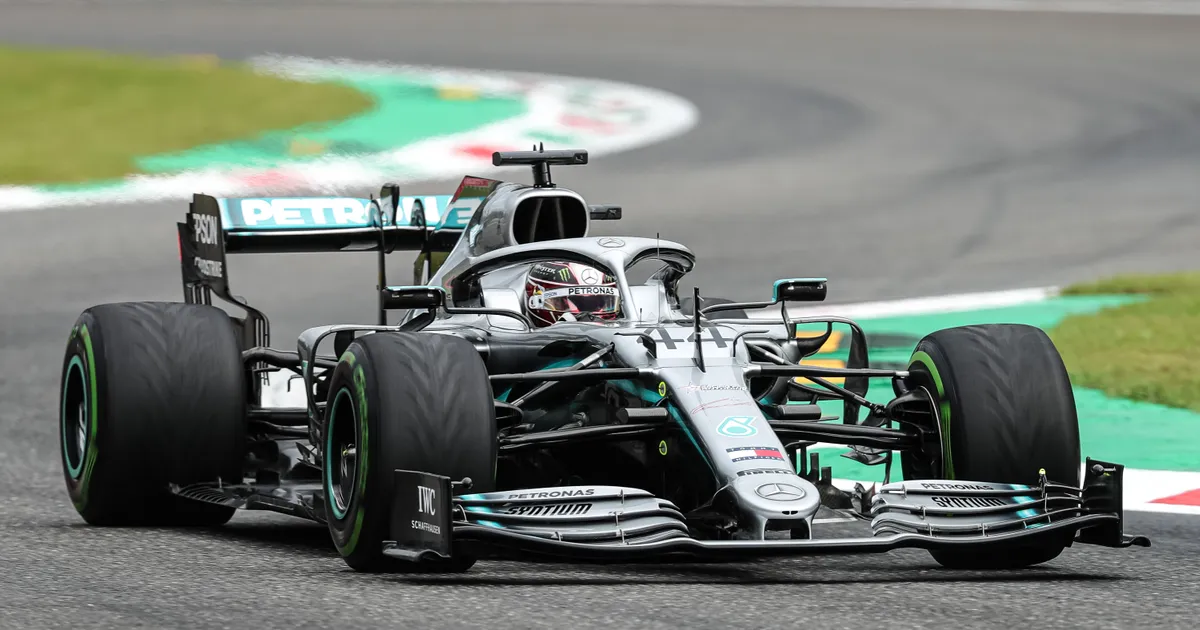 Getty Images
Getty ImagesFerrari 642 – 1991
This list wouldn’t be complete without at least one classic red Ferrari. We’ve chosen the Ferrari 642, which was also known as the F1-91 because it was, well… used in the 1991 Formula One season. It was driven by Alain Prost and Jean Alesi for the iconic Italian team that year, but only with mixed results. Prost finished fifth in points, and Alesi was seventh. Ferrari finished third in the Constructors’ Championship, but anything less than a win is always a disappointment for Ferrari.
As for the car itself, what’s not to like? It’s predominantly Ferrari red, with a domineering black front and rear wings. The sponsor logos are small enough that they don’t detract from the overall design. There are, of course, small hints of yellow throughout, including the famous Ferrari stallion logo. Ferrari even designed their 2022 livery as a tribute to this beloved livery from the early 90s.
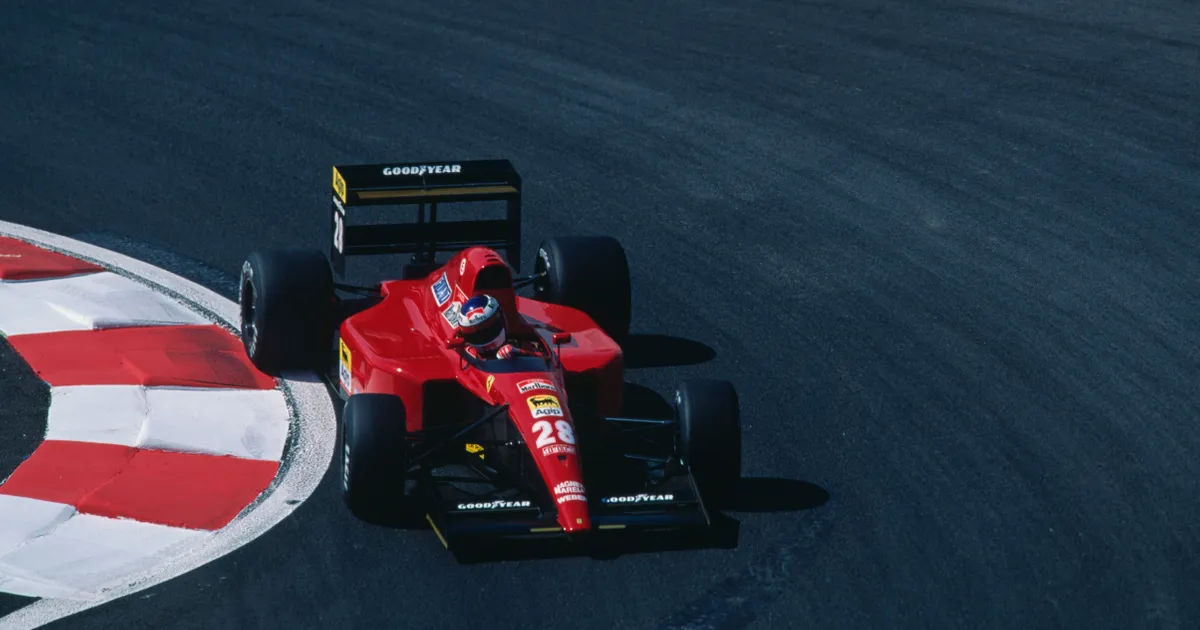 Getty Images
Getty ImagesRed Bull RB15 – 2019
When Max Verstappen broke into F1 back in 2015, he was quickly proclaimed as a likely future champion. He came up through Toro Rosso, which is basically Red Bull’s B-team (although they technically operate independently). By the end of the 2016 season he was racing for Red Bull proper, finishing 5th in points.
By 2019, Verstappen was a force to be reckoned with on the track. Driving this handsome RB15, he powered himself into a third place finish for the Drivers’ Championship. He would finish third again in 2020 and finally capture his first World Championship in 2021. As for the car, Red Bull doesn’t change their liveries much. After all, why mess with perfection?
The classic navy blue finish features a ton of Red Bull branding, including across the front wing and behind the driver’s head. The Aston Martin logo on the rear wing is especially attractive, as far as sponsor logos go. The whole livery is dark, gritty, and intimidating — which pairs perfectly with Verstappen’s insanely aggressive style of racing.
 Getty Images
Getty ImagesWilliams FW25 – 2003
The 2003 season was a good one for Williams. They battled neck-and-neck with Ferrari all year for the Constructors’ Championship, coming up just 14 points short of the title. Also close-but-still-so-far from a title was Williams driver Juan Pablo Montoya, who finished third in the standings that year. The other Williams driver, Ralf Schumacher, finished fifth. Like we said, it was a good year — but not great.
The FW25, though, was absolutely great. A simple blue and white paint job featured sponsor logos from HP, Allianz, Castrol, FedEx, and BMW. The best part, though, was that all of these companies agreed to stick with the same color scheme. Too many cars have too many colorful logos slapped all over, creating a busy and unrefined look. Not the 2003 Williams, though. It stayed elegant and stylish, while still bringing in the sponsorship money.
 Getty Images
Getty ImagesRenault RE40 – 1983
Renault is currently a team struggling to get back on the podium. However, the French racing team used to be one of Formula One’s elite. There’s perhaps no better memory of that than the black and yellow RE40 that was used in their memorable battles with Ferrari in 1983. Driven by Alain Prost and Eddie Cheever, Renault pushed hard for the Constructors Championship, only to lose by 10 points.
Prost also finished second in the Drivers’ Championship. Although they didn’t take home the titles, it was a great year for Renault. And they looked good in the process, too. The RE40 featured the iconic Renault diamond logo on the nose, along with bold and bright colors, lettering, and logos.
 Getty Images
Getty ImagesLotus Gold Leaf 1968
We mustn’t forget our roots. The Lotus Gold Leaf car from 1968 doesn’t look anything like modern F1 race cars. How could it, really? But we still had to include it because it’s just so damn beautiful. The Gold Leaf was one of the first F1 cars to ditch traditional racing color schemes and use a livery based on their sponsors. The result? This stunning red and gold number.
Lotus also was the first team to heavily experiment with aerodynamics, as you can see from the ridiculously tall rear spoiler. Formula One would quickly ban that rear wing, citing safety concerns. But it remains true that the 1968 Lotus was ahead of its time, both in terms of engineering and overall appearance. Oh, and Lotus won the Constructors’ Championship that season, so they weren’t just another pretty face in the crowd.
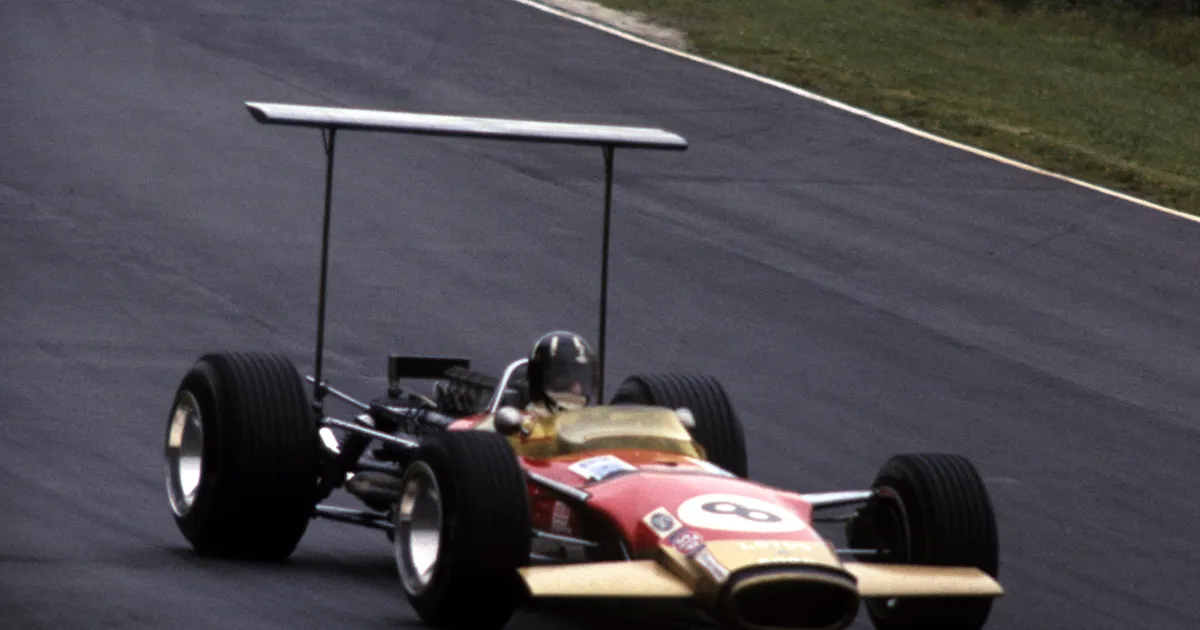 Getty Images
Getty ImagesAlphaTauri AT02 – 2021
AlphaTauri relaunched as a F1 team in 2019, as an offshoot of the Red Bull racing team. Since they are technically owned by the same company, they certainly share a lot of Red Bull DNA. Lucky for them, that includes some excellent design and paint schemes. The 2021 AT02 is easily the best example of the bunch.
It’s a similar paint scheme as the 2003 Williams we mentioned above. The navy blue and white coloring contrasts nicely with the black tires. The red Honda logo on the side really stands out too. All in all, Red Bull (and its development teams like Toro Rosso and AlphaTauri) certainly know a thing or two about producing good-looking F1 cars.
 Getty Images
Getty ImagesJaguar R2 – 2001
Last but certainly not least, we highlight the 2001 Jaguar R2. Sadly, Jaguar only competed in Formula One from 2000 to 2004, before bowing out of the sport. Still, the British auto brand produced one of the sport’s best liveries with this deep green and white scheme from the 2001 season. It was driven by British racer Eddie Irvine. Unfortunately, Irvine would finish a disappointing 12th in the driver standings. Meanwhile, Jaguar finished eighth (out of 11 teams) in the Constructors’ Championship.
But this article isn’t about results on the track. It’s about the head-turning attractiveness of the best-looking cars in F1 history. On that front, the 2001 Jaguar definitely earns a podium finish. The pouncing Jaguar logo on the engine cover really pulls it all together. Our one complaint, and it’s a minor one, is that the multiple logos on the nose make it look a bit busy. Overall, though, F1 doesn’t see many predominately green liveries. That makes this Jaguar effort even more memorable.
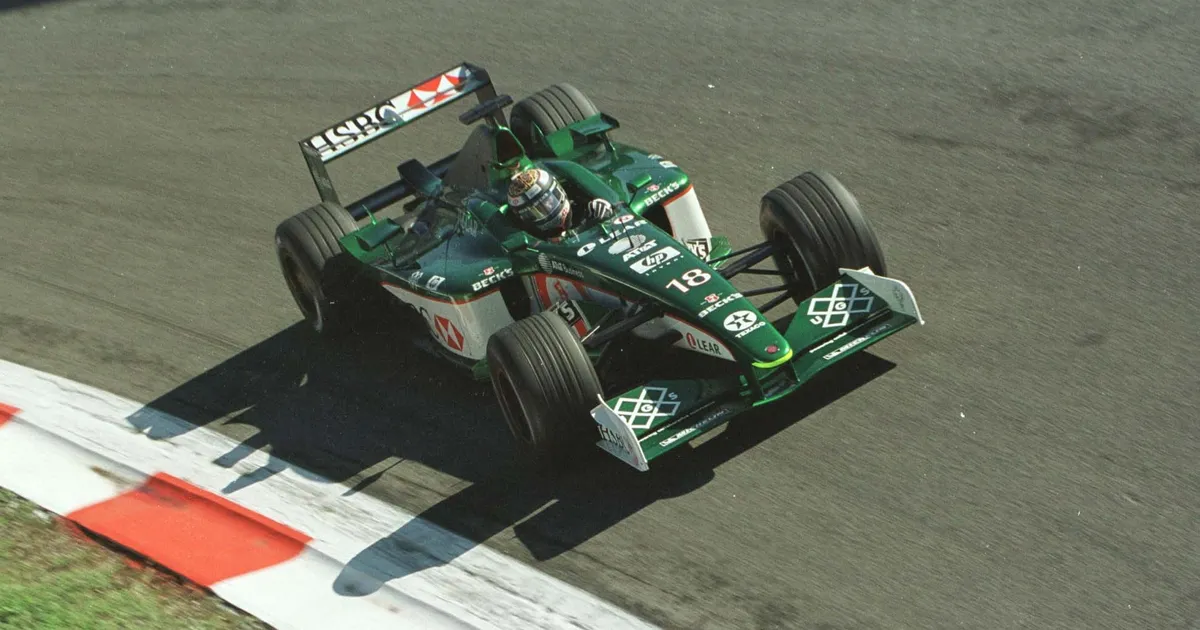 Getty Images
Getty Images